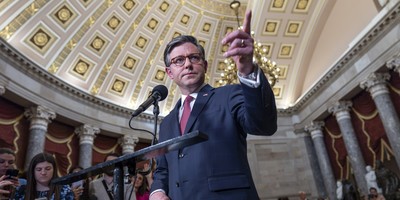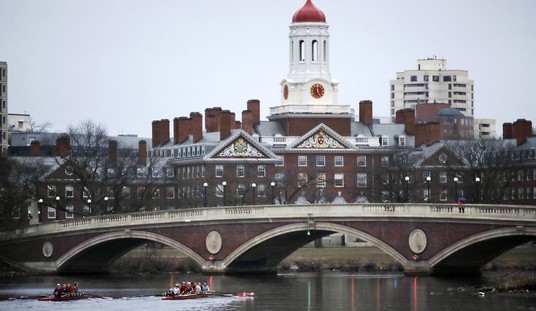A flash of inspiration is known as a light-bulb moment. In an instant, things become clear, like items in a room when you flip on a light switch.
But soon we’ll need a new cliché. The latest light bulbs don’t spring to life. Compact fluorescent bulbs warm up slowly, only eventually giving off as much light as an incandescent bulb gives right away.
The new bulbs are more expensive than traditional bulbs, and have other significant drawbacks. For example, they contain mercury. In some states, it’s illegal to throw the bulbs in the trash -- they must be taken to a hazardous waste facility.
And heaven forbid you accidentally break a fluorescent bulb. If that happens, the Environmental Protection Agency recommends you turn off the heating or air conditioning, clear the room and air it out for at least 15 minutes.
After that, “Carefully scoop up glass fragments and powder using stiff paper or cardboard and place them in a glass jar with metal lid (such as a canning jar) or in a sealed plastic bag,” the agency advises. Then use duct tape to pick up any remaining shards of glass.
If you use a vacuum, “Remove the vacuum bag (or empty and wipe the canister), and put the bag or vacuum debris in a sealed plastic bag” once you’re finished. And “the next several times you vacuum, shut off the central forced-air heating/air conditioning system and open a window prior to vacuuming.”
Also, don’t forget to check to see whether your state requires you to deal with the bulb as hazardous waste.
Still, when they don’t break, the fluorescent bulbs are better in many ways. They last longer, use less electricity and throw off less heat. Consumers will reportedly save about $30 over the life of each bulb.
Recommended
But that raises an interesting question: If the new bulbs are “superior in every measurable way,” as the Mankato (Minnesota) Free Press put it in an editorial, why did Congress need to make traditional incandescent bulbs illegal?
That’s right. As part of the energy bill passed last year, lawmakers phased out traditional bulbs. In a few years they’ll be outlawed, which could lead to a large black market in “Soft White” light bulbs.
Rep. Michelle Bachmann, R-Minn., wants to keep Washington’s hands off our light sockets. “I was just outraged that Congress would want to substitute its judgment for the judgment of the American people,” she told reporters when she introduced the “Light Bulb Freedom of Choice Act” last month. That measure would repeal the ban on incandescents, leaving Americans free to choose their source of illumination.
This only makes sense.
Americans are smart enough to decide for themselves which products they’d prefer to use. It’s only inferior or unnecessary products (think of ethanol) that require congressional intervention to survive. Useful or innovative products (iPods, cell phones) thrive on their own.
Not surprisingly, this is exactly what’s happening. Steve Rosenstock of the Edison Electric Institute says compact fluorescent lights make up more than 20 percent of bulbs sold in the U.S., up from just 1 percent in 2001. The market is working, as it always does when lawmakers stay out of the way.
The light bulb ban isn’t the first time Congress has attempted to protect Americans from wastefulness. Some years ago, lawmakers outlawed toilets that use more than 1.6 gallons per flush. The low-flow toilets don’t work as well, of course. Ironically they often require several flushes to, shall we say, get the job done.
Reflecting on the failure of a well-intentioned federal law, the late Daniel Patrick Moynihan once said it made him “wonder what ever became of our capacity to govern ourselves.” Simply put, that ability goes away when Washington tries to regulate everything.
Here’s a brighter idea: Let’s allow Americans to choose our own light bulbs. And let the best bulb burn on.

























Join the conversation as a VIP Member